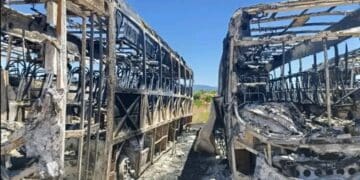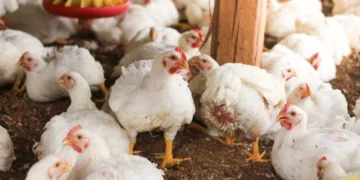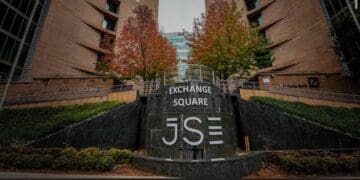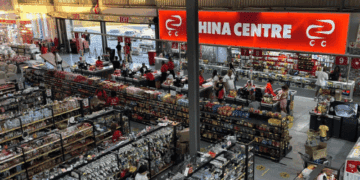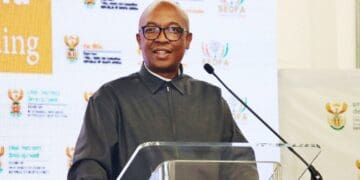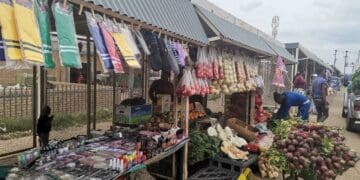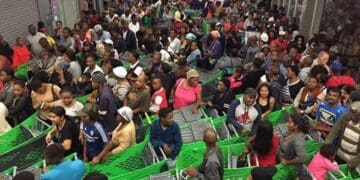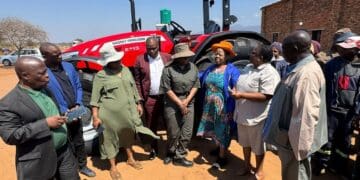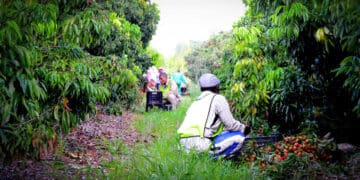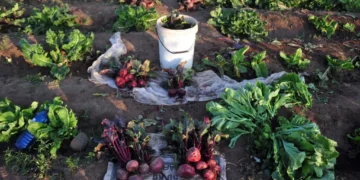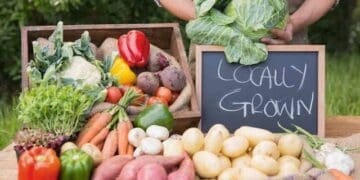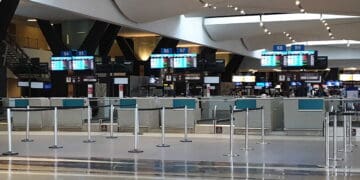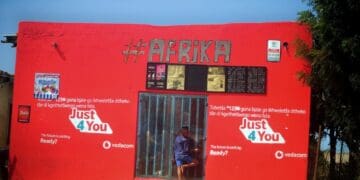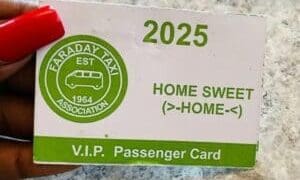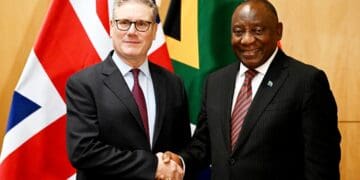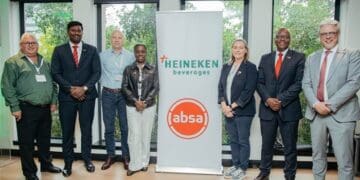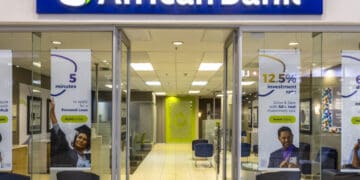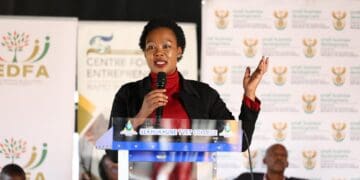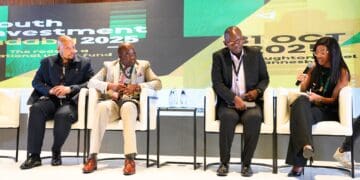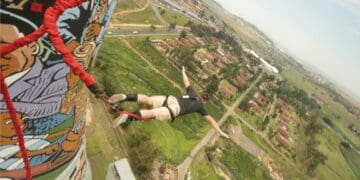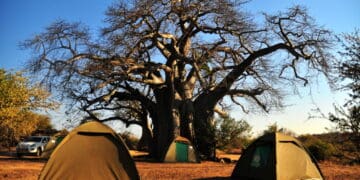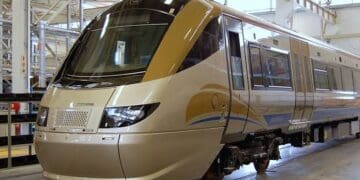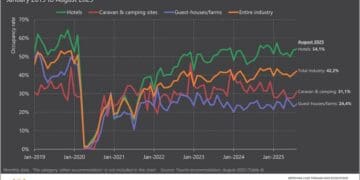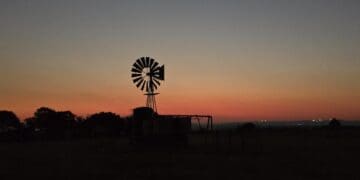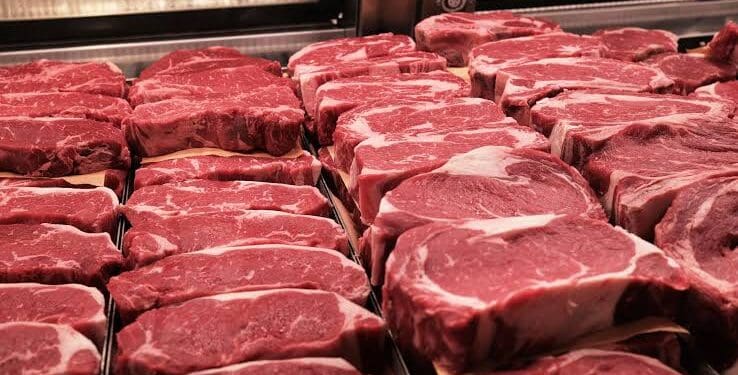By Azwidohwi Mamphiswana
Red meat lovers across South Africa are feeling the heat — not from the grill, but from the butcher’s bill. Beef and lamb prices have surged in recent months, leaving price-sensitive consumers tightening their grocery budgets and farmers questioning the sustainability of their operations.
Prices have risen sharply in 2025, placing pressure on both ends of the supply chain — from struggling farmers and butchers to households already grappling with food inflation.
Experts warn that this cost surge could have a lasting impact on food security and the viability of small businesses in the meat industry.
According to the Standard Bank Livestock Biweekly Insights Report (Q1 2025), A-grade beef rose by 2.5%, lamb increased by 17.5% and pork climbed by 9.3% compared to Q1 2024.
Stats SA also confirms that red meat prices have surged over 10% year-on-year. It centres on rising input costs, climate shocks and supply shortages.
Beef South Africa CEO Mike Gcabo said the price surge was driven by a combination of rising input costs and supply shortages.
“One of the cost of inputs is cost of feed, which is attributable to the rising cost of soybean as well as maize,” he explained.
“We have just emerged from foot-and-mouth disease. There is a shortage of slaughter-ready cattle from feedlots into abattoirs. As we know with supply and demand, when you’ve got fewer cattle to slaughter, the price goes up. So those factors cumulatively explain the increase in the cost of beef.”
Gcabo warned that the approaching winter season may push prices even higher.
“In winter you find lower grazing and you can’t expect too many cattle in the marketplace. The demand for feed rises, which increases costs for producers. Farmers have to feed out of their pockets,” he said.
Small-scale players are among the hardest hit.
Peet Marais, who owns of Vleismark butchery, said he has had to absorb rising costs to retain his customers.
“I’ve had to keep my prices the same because if I charge more, my customers won’t buy from me. But that means my profit is much smaller. We are making less money than before, even though our costs have gone up. By the end of the month, when I do my books, the difference is clear — we’re struggling.”
On the production side, smallholder farmers face rising costs of feed, transport and veterinary services — without the safety nets available to large-scale commercial operations.
“Rising beef prices are squeezing both ends of the chain,” said Mpho Mence an agricultural analyst at Green Cape.
“For smallholder and emerging farmers, input costs are undermining already thin profit margins. Climate shocks like droughts and erratic rainfall have worsened pasture conditions, pushing farmers to rely on expensive supplemental feed,” Mence said.
She added that many small farmers lacked access to financing and long-term contracts, making them particularly vulnerable in a volatile market.
Consumers are also being forced to adjust their plates.
Nandi Ngubeni, a Soweto mother of three, said beef is now a “special occasion” item.
“We used to have beef stew every Sunday. Now it’s maybe once a month. It’s just too expensive nowadays,” said Ngubeni.
Mence suggests that short-term solutions include cooperative models and bulk buying schemes for farmers, while consumers may need to diversify protein sources.
“Long-term, we need investment in climate-resilient farming practices, local feed production and stronger support systems for small producers to weather these cycles,” Mence said

